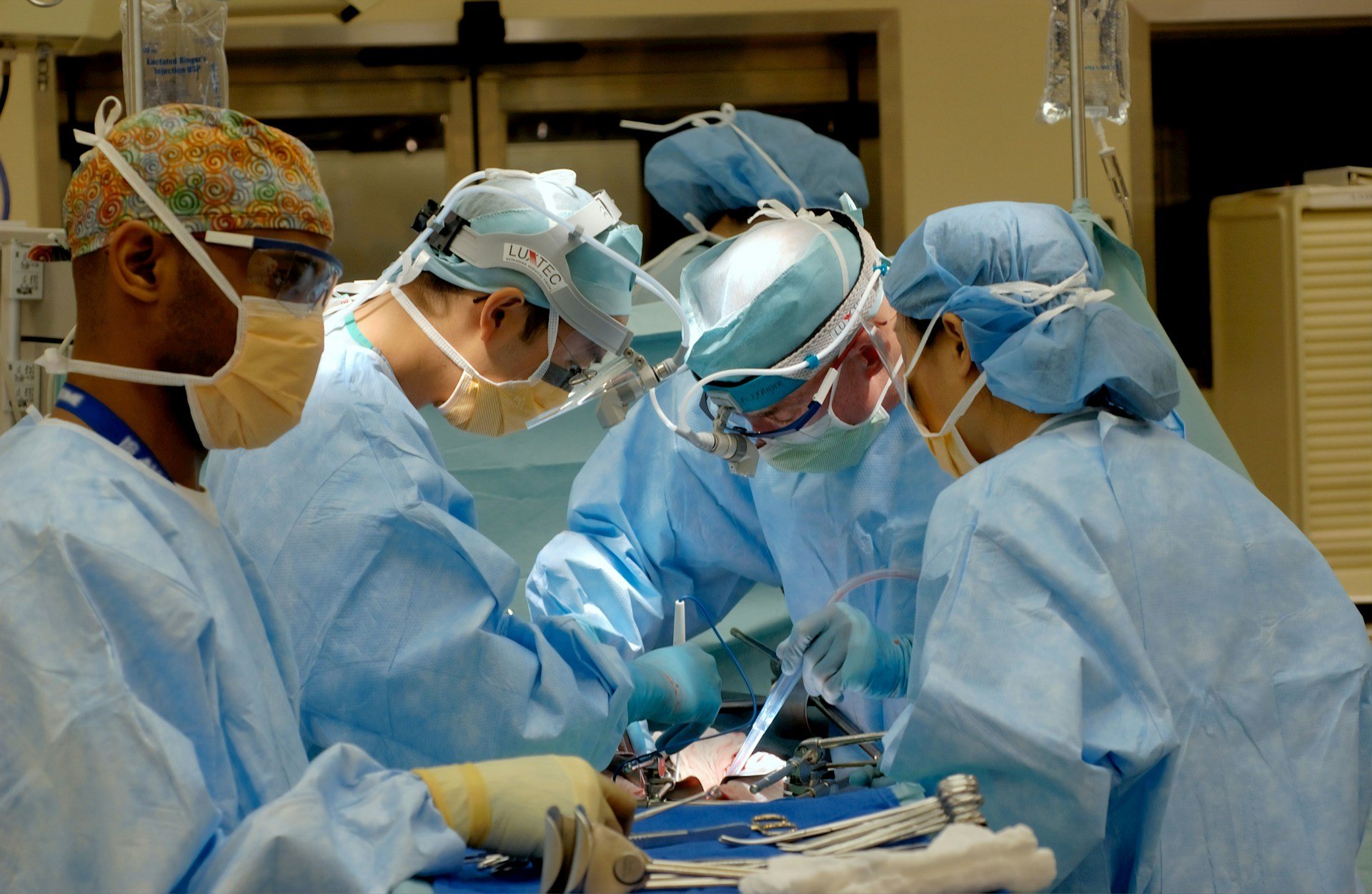SKIN GRAFT
Skin Graft Surgery in Galway | Expert Skin Repair
What do I need to know about skin graft surgery?
This procedure involves removal of part of the body skin, which is diseased or damaged, and a skin graft applied to the defect. The skin graft will come from another part of the body. This will require the use of a scalpel to collect the skin.
This procedure will require an anaesthetic. See Local Anaesthetic information sheet for information about the anaesthetic and the risks involved. If you have any concerns, discuss these with your doctor.
Important information
Before the operation, you must tell the surgeon performing the operation and the anaesthetist of any medical problems, allergies, prescribed drugs (particularly blood thinning drugs), use of recreational drugs or alcohol consumption. Smoking in the pre or post-operative period is known to cause complications. The operation will result in a scar or scars. Make sure you know before the surgery as to the type of scar or scars, the size and where your scar/s will be. The surgeon may ask you to do certain things before you can have surgery, such as exercise, weight loss and stopping smoking. This may also improve your post-operative recovery.
What are the risks of this specific procedure?
General risks:
∙ Infection can occur, requiring antibiotics and further treatment.
∙ Bleeding could occur and may require a return to the operating room. Bleeding is more common if you have been taking anticoagulants or antiplatelet medications
∙ Small areas of the lung can collapse, increasing the risk of chest infection. This may need antibiotics and physiotherapy.
∙ Increased risk in obese people of wound infection, chest infection, heart and lung complications, and thrombosis.
∙ Heart attack or stroke could occur due to the strain on the heart.
∙ Blood clot in the leg (DVT) causing pain and swelling. In rare cases part of the clot may break off and go to the lungs.
∙ Death as a result of this procedure is very unlikely.
Specific risks:
∙ The skin graft may not take. This may require further surgery.
∙ Blood and fluid may build up under the graft and may need removal.
∙ The skin graft may not look like normal skin. This may be permanent.
∙ The colour of the grafted area may be different from other parts of the skin.
∙ The donor area for the graft may:
− discharge blood stained fluid which may need to be drained
− be slow to heal
− be thickened or discoloured in the final healed area and may look different.
∙ The wound may not heal properly and can become red, thickened and painful. This can be disfiguring.
∙ Increased risk in smokers of wound and chest infections, heart and lung complications and thrombosis.
Questions to ask my doctor/healthcare professional:
If you do not understand any aspect of the information in this patient information sheet or any other information you have been given about your condition, treatment options and/or proposed procedure, please talk about this with your doctor/healthcare professional.

